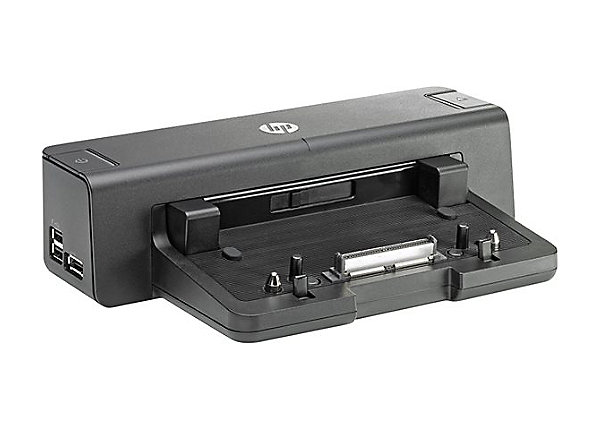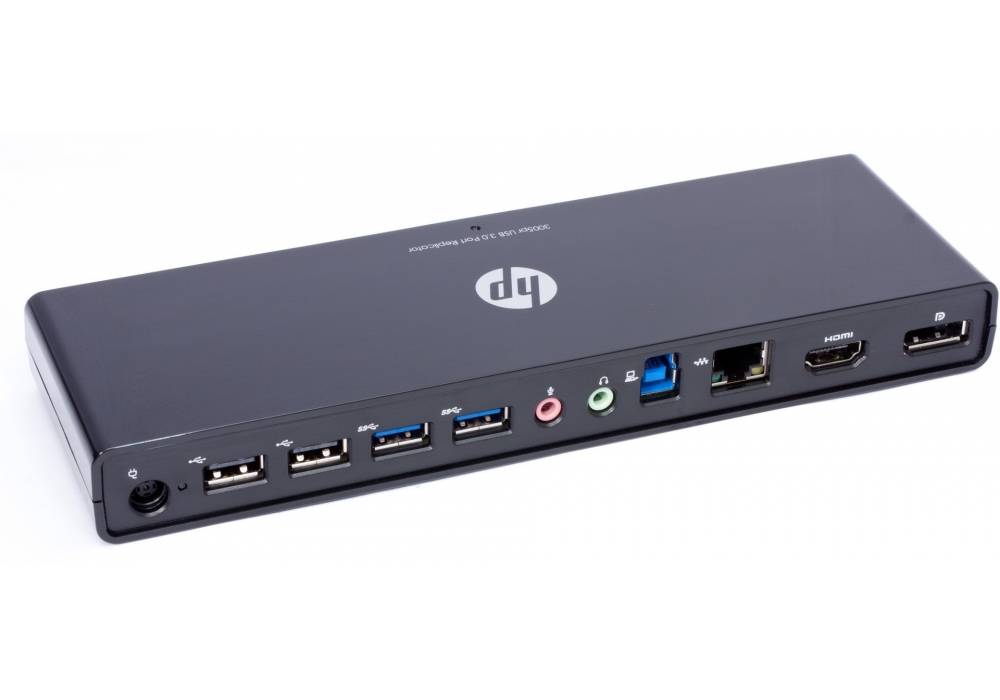Today’s marketplace demands mobility. We meet clients on the go, meet with colleagues in our favorite corner coffee shop; we seek a quiet spot to write that big proposal or revise our manuscript for the umpteenth time, so we head to the cozy, downtown bookstore where a hot cup of tea and friendly welcome await. We drag our laptops along everywhere we go, in the hopes of finding a few minutes to get caught up on the endless list of to-dos.
While there’s no doubt that laptops provide an efficient use of technology and convenience on the go, back at the office they can be somewhat limiting. For me, the small screen size of my laptop, when sitting at my desk, isn’t very efficient. With more than 7 programs running at one time, it can really slow down my workflow to continually minimize and maximize program windows as I switch between them all. Also, being able to use a full keyboard and mouse at my desk are a must! That’s where a docking station comes in.
Laptop Docking Stations
Laptop docking stations provide the benefits of a desktop workstation without sacrificing mobility. This piece of hardware includes a variety of ports for connecting peripherals, such as monitors, printers, external hard drives, speakers, and a full-sized keyboard and mouse. Some models have the capability to use multiple monitors, which is very useful.
Having a docking station means that I can have two monitors, my printer, speakers, keyboard and mouse all plugged in and waiting for me when I arrive at the office. I simply dock my laptop and instantly have connection to all of these items, giving me more functionality than using the laptop alone.

HP Docking Station for Laptop (Photo Courtesy of CDW.com)
In addition, most docking stations will accept an Ethernet cable connection, allowing the computer to automatically switch from a wireless to a wired internet connection, which is often faster. When docked, the laptop battery is automatically charging, which means it’ll be fully charged and ready to go when you are.
The drawback of docking stations is that a laptop must have a docking port on the bottom of the computer. If it doesn’t, a docking station is not an option. Another drawback is that docking stations are not universal. There are specific docking stations for specific laptops. This can be costly when upgrading a laptop, as the docking station would most likely need to be upgraded, too.
Laptop Port Replicators
The good news is that there is another option. Port Replicators offer the same functionality found in docking stations but are more universal. Port replicators don’t require the laptop to be clipped into a docking port, as docking stations do. Instead, the replicator device connects through a simple USB port, commonly found on any laptop made today.
Another benefit of port replicators is that they are typically less expensive than docking stations, a win-win!

HP Port Replicator (Photo Courtesy of DisplayLink.com)
Using either a docking station or a port replicator in conjunction with a laptop, will greatly increase efficiency and workflow in the office. Having multiple monitors doubles or triples screen size, which may be my favorite “docking” benefit.
The simplicity of plugging the laptop into one device quickly and easily far outweighs having to plug multiple devices in every time you sit down. When it’s time to get back on the road, disconnecting only one means no tangled wires and less frustration. Couldn’t we all use a little more of that in our every day lives?
Port Replicators are more buggy than docking stations but I appreciate that you define them separately.
Isn’t speed a problem when running two external displays and an external disk thru port replicator, ie thru a single USB 3.1 (gen 1 or 2) port. ??